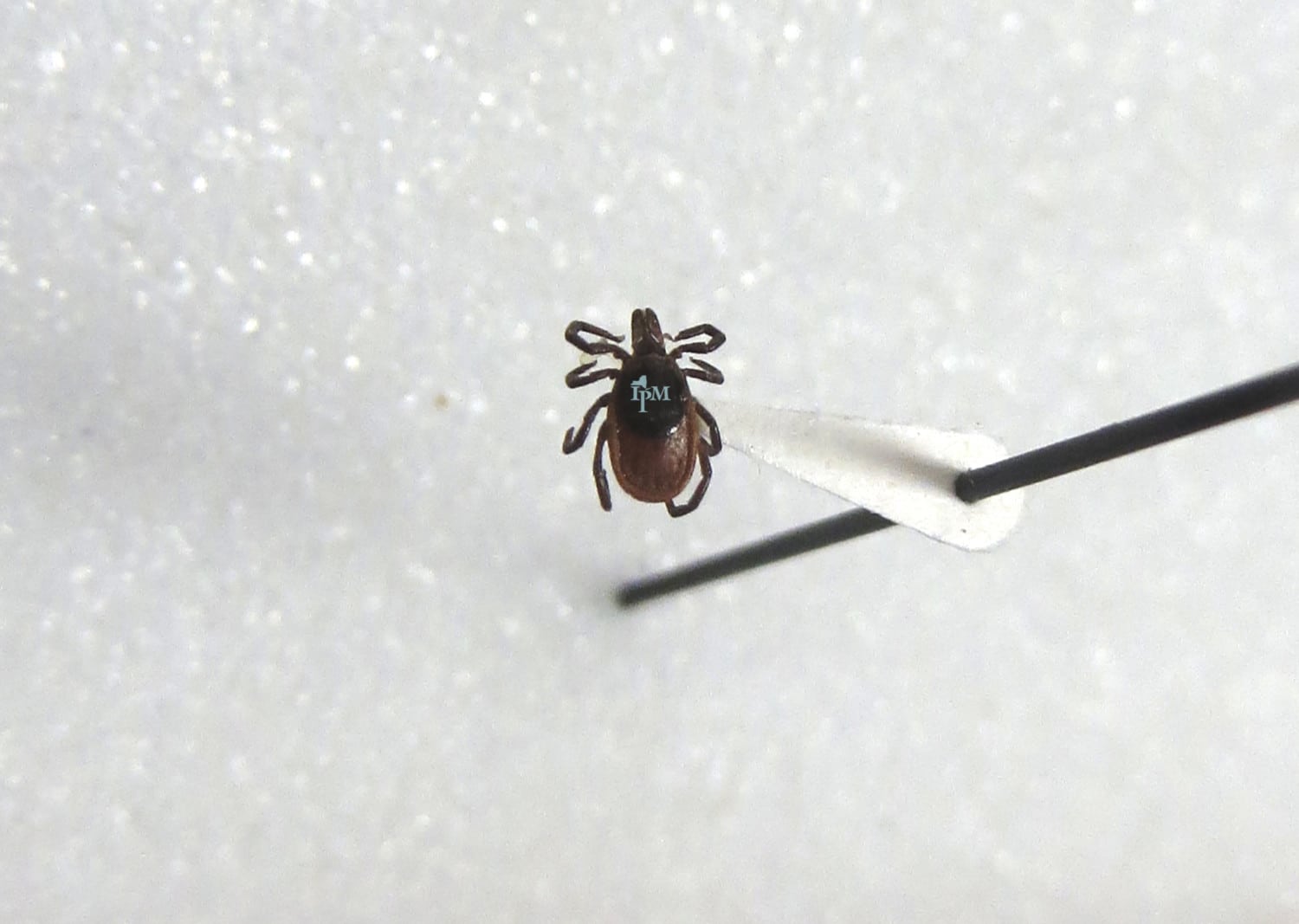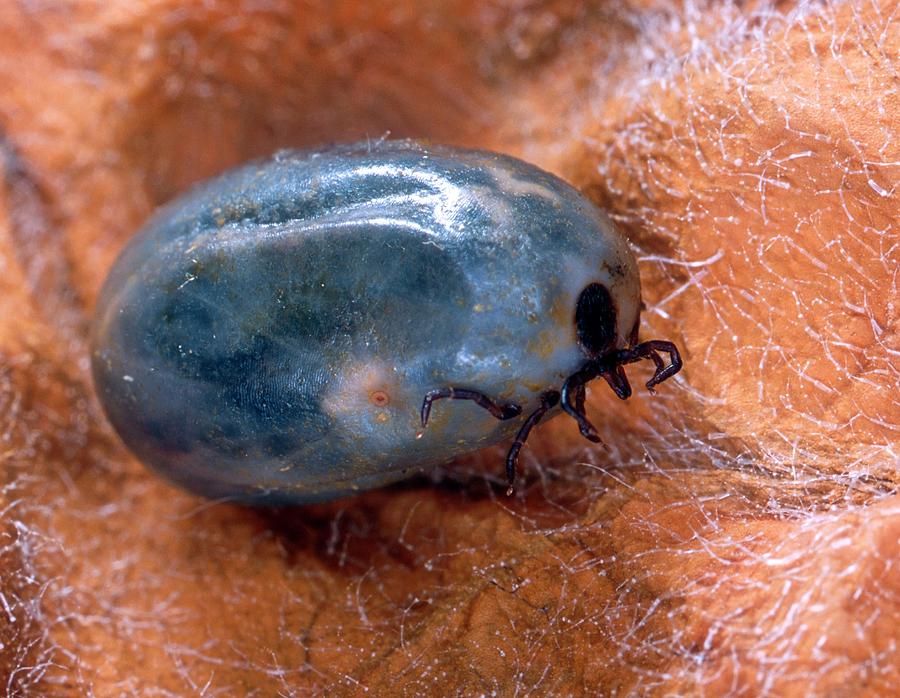

Western black-legged ticks have also been found to carry Borrelia miyamotoi, which is closely related to the bacterium that cause tick-borne relapsing fever. Nymphs and adults are known to attach to humans and have been implicated in the transmission of Lyme disease and anaplasmosis to humans in California. An adult tick may remain attached for several days, after which it will drop off the host.įemales can lay up to 1,000 eggs and die after depositing the eggs in soil or leaf litter. Generally, the longer the tick stays attached, the higher the risk of disease transmission. Once attached, it secretes a cement-like substance that helps it stay firmly in place while it feeds. During early fall it is often the most common tick on deer and cattle. They do not fly, jump, or fall out of trees.Īfter a tick grasps onto a host, it searches for a suitable location to attach to the skin. Adult ticks wait on the tips of vegetation for a potential host, and will attach to humans. Adult ticks are often encountered in grassy, brushy or wooded areas, especially alongside trails. Check marks are used to indicate the concept ' yes, correct ', and denote choice. Dog (bottom) and Black Legged Tick (top) size comparison. Symbols Copy paste a tick symbol, aka tick mark sign, check mark, checkmark for verified correct, 'right' sign from here. A tick is very small and can range in size from a poppy seed to a small grape (when engorged). Nymphs molt into adults in late summer and begin seeking hosts in the late fall (usually medium to large-sized mammals). Check mark - Tick symbol Click on a tick sign below copy and paste tick symbol for check mark that most fits your text. Nymphs can be found in leaf litter, on mossy rocks, logs and tree trunks, and will attach to humans.

Blacklegged ticks are sometimes called Deer ticks because their. Larvae molt into nymphs in mid-summer and remain inactive until late winter or spring, when they begin seeking hosts (usually birds, small mammals and lizards). The Blacklegged Deer tick is a notorious biting arachnid named for its dark legs. Larvae generally do not attach to humans. Once hatched, the larvae remain inactive until late winter or early spring, when they begin seeking hosts (birds, small mammals and lizards). Eggs begin to hatch in mid to late summer.

Eggs deposited in the spring hatch into six-legged. Females lay eggs in late winter or early spring in soil or leaf litter. The black-legged tick in the eastern United States is a three-host tick that has a two-year life cycle. The life cycle of the western black-legged tick takes a minimum of 3 years.


 0 kommentar(er)
0 kommentar(er)
